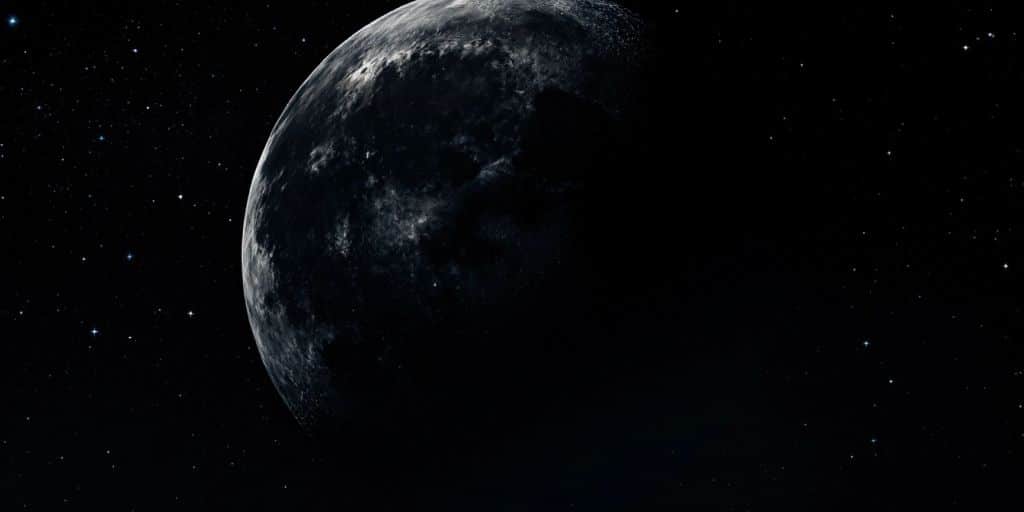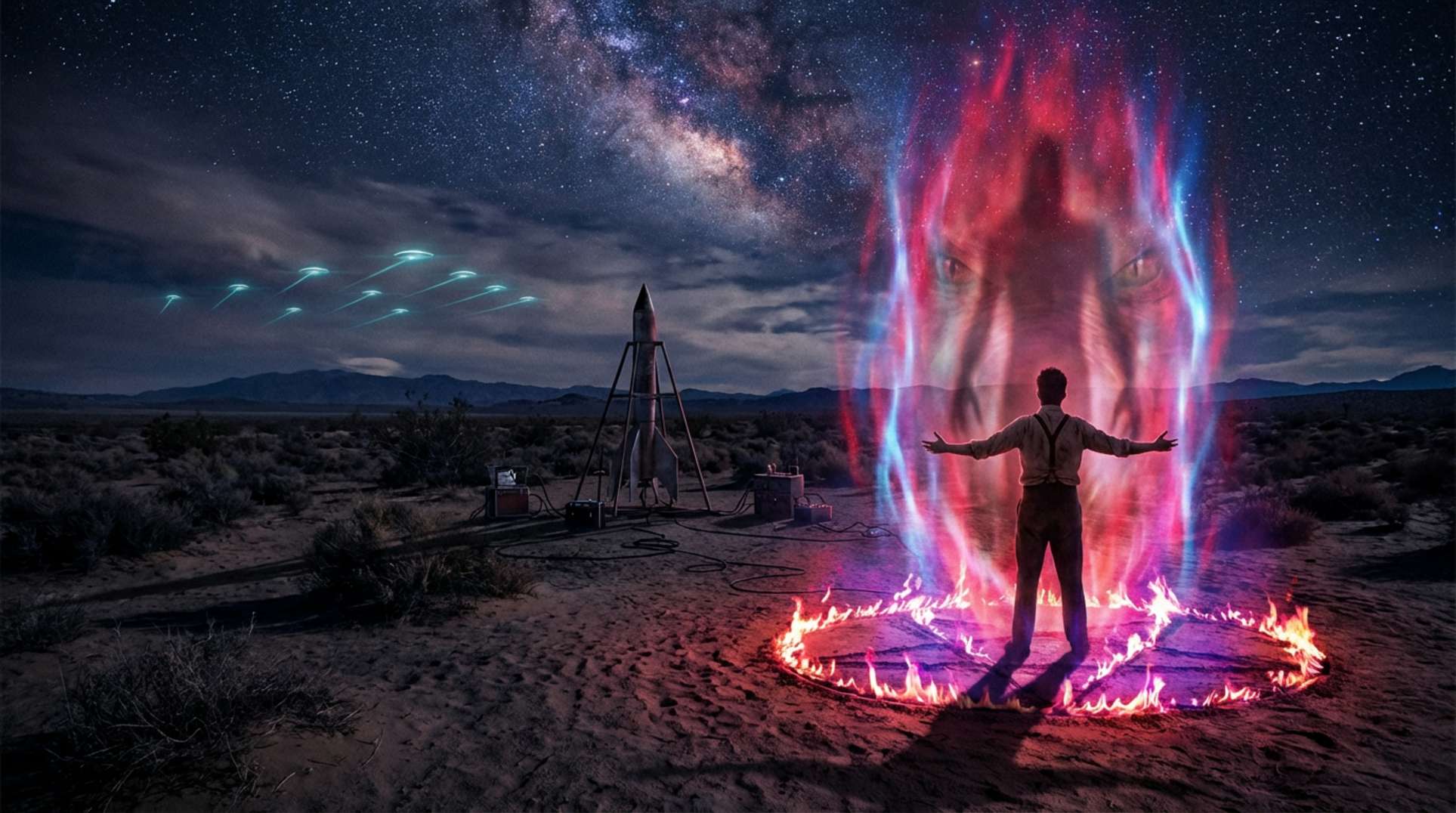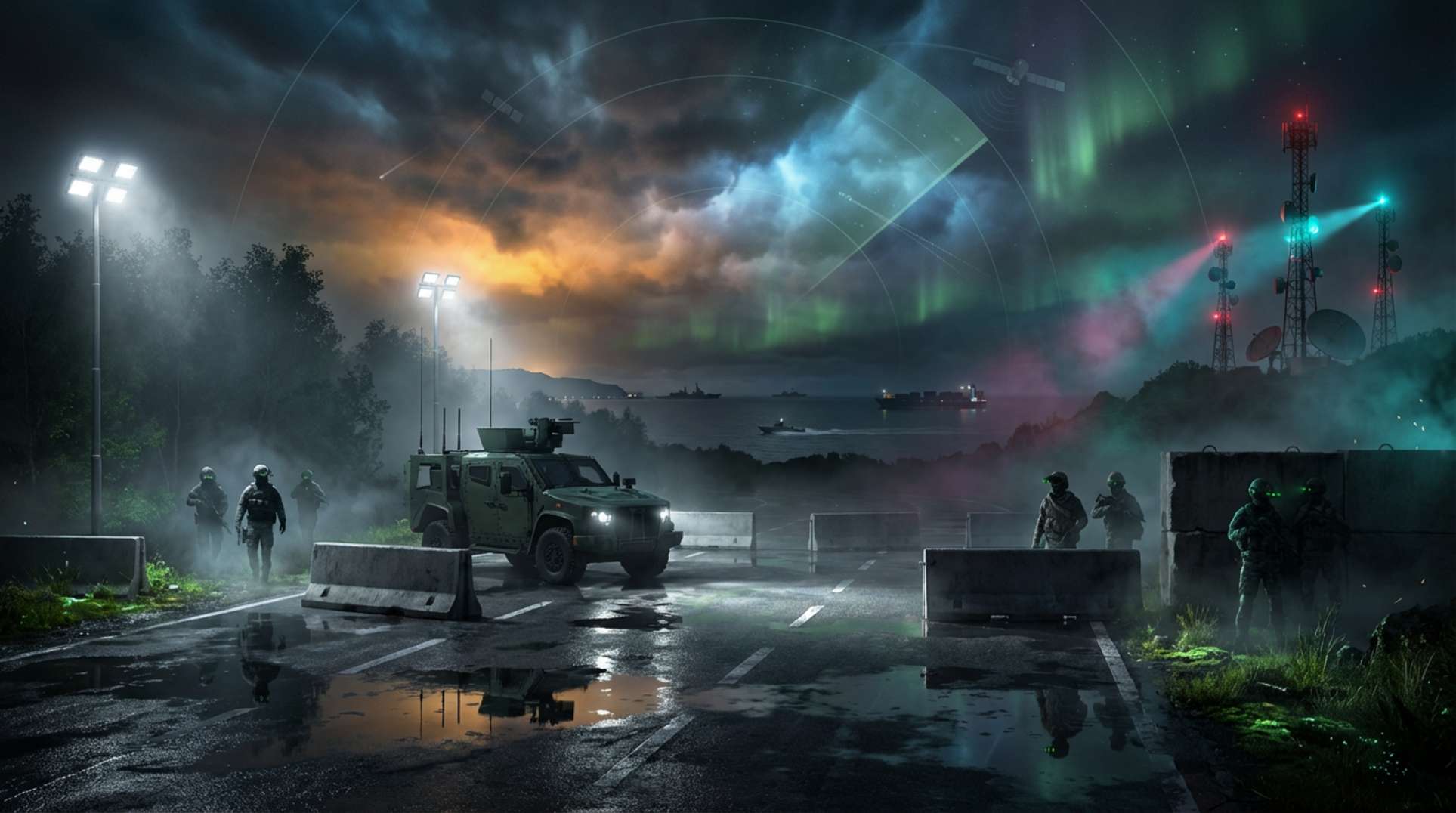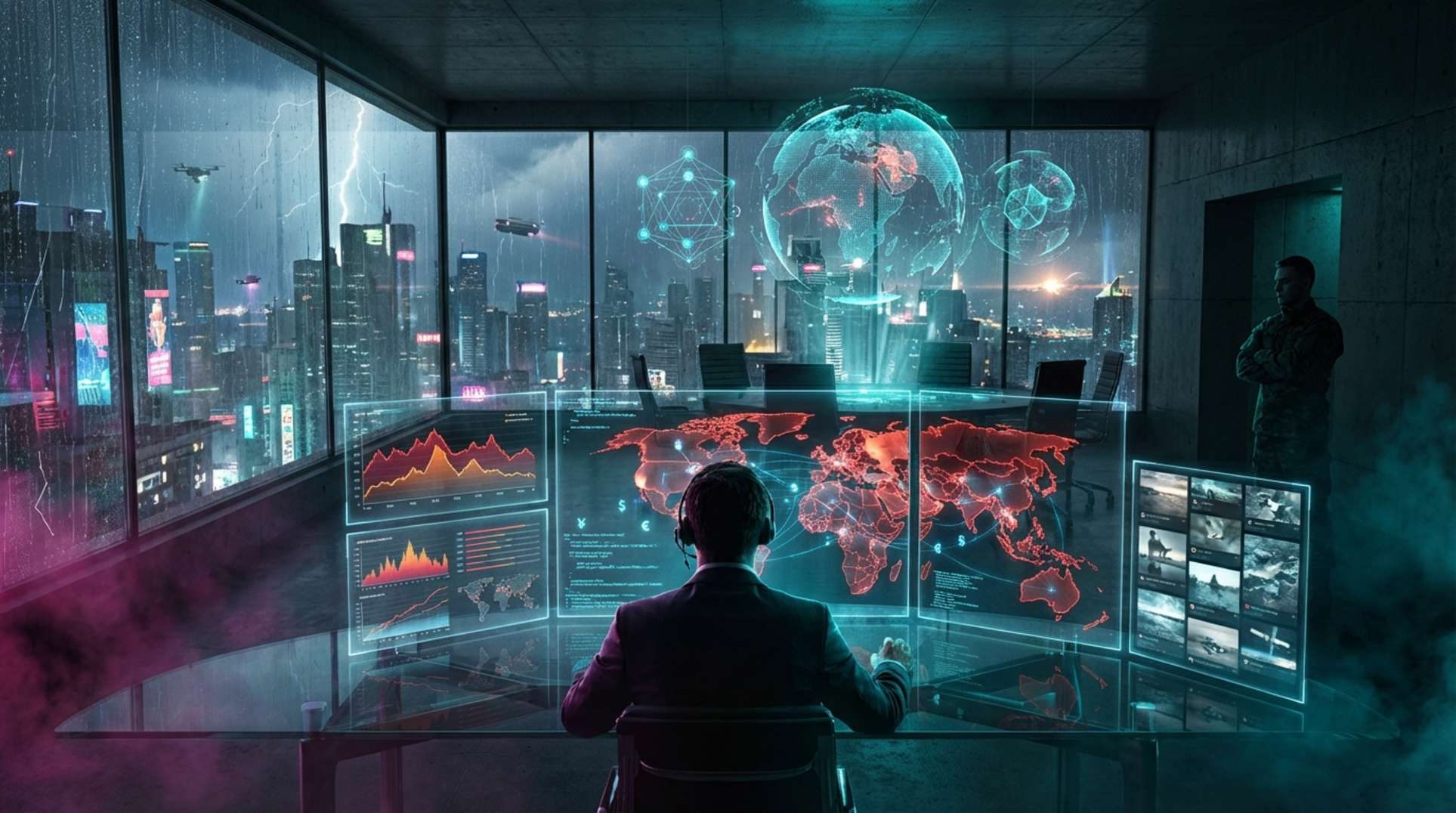The debate surrounding the moon landing has persisted for decades, with many questioning the authenticity of the Apollo missions. This article explores the origins of the moon landing conspiracy theories, the arguments made by skeptics, and the efforts to debunk these claims. By examining the historical context, key arguments, and the psychology behind belief in conspiracy theories, we gain a clearer understanding of why some people remain convinced that the moon landing was faked.
Key Takeaways
- The moon landing conspiracy theories began shortly after the Apollo missions, fueled by skepticism and distrust in government.
- Conspiracy theorists often point to technical challenges, such as the Van Allen radiation belts, as evidence against the moon landings.
- Scientific evidence, including moon rocks and laser reflections from Apollo equipment, strongly supports the reality of the moon landings.
- The media plays a significant role in shaping public opinion, influencing both belief and skepticism regarding the moon landing.
- Psychological factors, such as a general distrust of authority, contribute to the persistence of conspiracy theories.
Historical Context of the Moon Landing Conspiracy

Origins of the Conspiracy Theory
The Moon landing conspiracy theories began shortly after the Apollo 11 mission in 1969. Many people were skeptical about the U.S. government’s claims, fueled by a mix of political unrest and distrust. The cultural backdrop of the 1960s, marked by social upheaval and skepticism towards authority, played a significant role in shaping these doubts.
Early Skepticism and Doubts
Doubts about the authenticity of the Moon landing first emerged during the Apollo 8 mission in December 1968. The success of Apollo 11 amazed many, but it also raised questions. Some believed that the U.S. could not have achieved such a feat without faking it. The first book questioning the Moon landing, titled "Did Man Land on the Moon?", was published in 1970, further spreading skepticism.
Cultural Impact in the 1960s and 1970s
The Moon landing was not just a scientific achievement; it became a cultural phenomenon. Movies and media began to reflect and amplify the conspiracy theories. For instance, the 1978 film "Capricorn One" depicted a faked Mars landing, which resonated with the public’s growing doubts. This cultural portrayal helped solidify the conspiracy theories in the public consciousness.
The Moon landing conspiracy theories reflect a broader distrust in government and authority, revealing how cultural and social factors can shape public perception.
| Year | Event | Description |
|---|---|---|
| 1969 | Apollo 11 | First Moon landing by humans |
| 1970 | First Book | "Did Man Land on the Moon?" published |
| 1978 | Capricorn One | Film about a faked Mars landing |
In summary, the historical context surrounding the Moon landing conspiracy theories is deeply intertwined with the social and political climate of the time. The combination of skepticism, cultural influences, and significant events laid the groundwork for the ongoing debate about the authenticity of the Moon landing.
Key Arguments Presented by Moon Landing Conspiracy Theorists

Technical Challenges and Anomalies
Many conspiracy theorists argue that the technical challenges of landing on the Moon were too great for the technology of the 1960s. They claim:
- The spacecraft had to navigate through the Van Allen radiation belts, which they believe would have harmed the astronauts.
- The lack of stars in the photos taken on the Moon raises suspicions about the authenticity of the images.
- Some argue that the American flag appears to be waving, suggesting wind, which is impossible on the Moon.
Photographic and Video Evidence
Critics of the Moon landing often point to various photographic anomalies as evidence of a hoax. Some of their claims include:
- Crosshairs in photos seem to be behind objects, suggesting manipulation.
- Shadows in the images do not align correctly, indicating artificial lighting.
- The quality of the video footage is questioned, with some suggesting it was filmed in a studio.
Van Allen Radiation Belt Concerns
The Van Allen radiation belts are zones of charged particles surrounding Earth. Conspiracy theorists argue that:
- The spacecraft could not have safely passed through these belts without significant radiation exposure.
- They believe that the government has hidden information about the dangers of these belts to support the Moon landing narrative.
The arguments presented by conspiracy theorists often rely on misunderstandings of science and technology, leading to widespread misconceptions about the Moon landing.
In summary, while these arguments are popular among conspiracy theorists, they are largely based on misunderstandings of the science involved in space travel and the technology of the time. The complexity of the conspiracy theories often overshadows the overwhelming evidence supporting the reality of the Moon landing.
Debunking the Moon Landing Conspiracy Theories
Scientific Evidence Supporting the Moon Landing
The moon landing has been supported by a wealth of scientific evidence. Here are some key points:
- Moon rocks: Over 800 pounds of lunar rocks were brought back to Earth, which have been studied worldwide.
- Laser beams: Scientists can bounce laser beams off retroreflectors left on the moon by Apollo missions, proving their presence.
- Satellite images: NASA’s Lunar Reconnaissance Orbiter has captured images of the Apollo landing sites, showing the equipment left behind.
Expert Opinions and Testimonies
Many experts have weighed in on the moon landing, providing strong testimonies:
- Astronauts: All 12 astronauts who walked on the moon have confirmed the landings.
- Scientists: Numerous scientists have published research supporting the authenticity of the missions.
- Engineers: The complexity of the Apollo program involved over 400,000 people, making a conspiracy nearly impossible.
NASA’s Responses and Rebuttals
NASA has actively addressed conspiracy theories with clear rebuttals:
- In 2018, NASA invited NBA star Stephen Curry to view moon rocks after he expressed doubts about the landings.
- NASA spokesperson Allard Beutel provided evidence to major media outlets, emphasizing the technical achievements of the Apollo missions.
- The agency has consistently stated that the moon landings were real and has published extensive documentation to support this.
The overwhelming evidence from various scientific fields and expert testimonies makes it clear: the moon landing was not faked. The conspiracy theories lack credible support and often rely on misunderstandings of science and technology.
In conclusion, while conspiracy theories can be intriguing, the scientific consensus firmly supports the reality of the moon landings, showcasing humanity’s incredible achievements in space exploration.
Highlight: The moon landing remains a significant milestone in human history, despite ongoing conspiracy theories that attempt to undermine it.
Media’s Role in Shaping Public Perception
Mainstream Media vs. Independent Outlets
Media plays a crucial role in how we view the moon landing conspiracy. Mainstream media often presents the official narrative, while independent outlets may explore alternative theories. This can create a divide in public perception. Here are some key points:
- Mainstream media tends to focus on debunking conspiracy theories.
- Independent outlets may give a platform to conspiracy theorists, leading to more discussion.
- The contrast between these two types of media can confuse the public.
Social Media’s Influence
Social media has changed how information spreads. It allows for rapid sharing of ideas, but it can also lead to misinformation. Some effects include:
- Viral posts can quickly spread conspiracy theories.
- Echo chambers form when people only follow like-minded individuals.
- Fact-checking becomes essential to combat false claims.
Impact of Popular Culture and Films
Movies and TV shows have a significant impact on how the public perceives the moon landing. They often blend fact with fiction, which can blur the lines. Notable influences include:
- Films like "Capricorn One" that depict fake space missions.
- TV shows like "The X-Files" that explore conspiracy themes.
- Documentaries that aim to debunk myths but can also fuel interest in conspiracies.
The media’s portrayal of the moon landing keeps the debate alive, making us question what we know about this historic event.
In conclusion, the media landscape is complex, and its influence on public perception of the moon landing conspiracy is profound. Understanding this role is essential for navigating the ongoing debate.
Psychological and Sociological Factors
Why People Believe in Conspiracy Theories
Understanding why some individuals believe in conspiracy theories, like the Moon landing hoax, requires a look into the complex workings of the human mind. Many people are drawn to these theories because they provide a sense of control in a chaotic world. When faced with uncertainty, believing in a conspiracy can help individuals feel like they have uncovered hidden truths. This tendency is often linked to a general distrust of authority and a desire to make sense of confusing events.
Psychological Underpinnings
Several psychological factors contribute to the belief in conspiracy theories:
- Cognitive Dissonance: People may hold onto conspiracy theories to avoid the discomfort of conflicting information.
- Pattern Recognition: Humans are naturally inclined to see patterns, even where none exist, leading to connections between unrelated events.
- Social Identity: Believing in conspiracy theories can strengthen group identity, as individuals bond over shared beliefs.
Sociopolitical Context and Distrust in Government
The sociopolitical environment plays a significant role in shaping beliefs. During times of unrest or political scandal, such as the late 1960s, distrust in government can lead to increased conspiracy thinking. Events like the Vietnam War and the assassinations of key figures fueled skepticism and made people more receptive to alternative explanations.
In a world filled with uncertainty, conspiracy theories can offer a comforting narrative, allowing individuals to feel they have control over their understanding of reality.
This interplay of psychological and sociological factors highlights why conspiracy theories, including those surrounding the Moon landing, continue to thrive in modern society. Understanding these dynamics is crucial for addressing the ongoing debate around such beliefs.
Notable Figures and Events in the Moon Landing Debate
Prominent Conspiracy Theorists
Many individuals have played significant roles in promoting the idea that the moon landing was faked. Some of the most notable include:
- Bill Kaysing: Often credited with starting the moon landing conspiracy theory with his 1974 book, "We Never Went to the Moon."
- Bart Sibrel: A filmmaker known for his aggressive questioning of astronauts, including a famous confrontation with Buzz Aldrin.
- David Icke: A well-known conspiracy theorist who has linked the moon landing to broader government cover-ups.
Key NASA Figures and Astronauts
Several astronauts and NASA officials have publicly defended the moon landing:
- Buzz Aldrin: Apollo 11 astronaut who famously punched a moon landing denier during a confrontation.
- Neil Armstrong: The first person to walk on the moon, he has consistently defended the authenticity of the mission.
- Leland Melvin: A space shuttle astronaut who has spoken out against conspiracy theories in various media appearances.
Significant Media Events and Publications
The media has played a crucial role in shaping the moon landing debate:
- "Capricorn One" (1978): A film that depicted a faked Mars landing, which fueled conspiracy theories about the moon landing.
- "The X-Files": This popular TV show introduced many conspiracy theories to a wider audience, including the moon landing hoax.
- Documentaries: Programs like "MythBusters" have attempted to debunk moon landing conspiracy theories, providing scientific evidence to support the reality of the landings.
The ongoing debate about the moon landing reflects deeper societal issues, including distrust in government and the media. Many people still believe in conspiracy theories despite overwhelming evidence.
Summary Table of Key Figures and Events
| Name/Event | Role | Contribution |
|---|---|---|
| Bill Kaysing | Conspiracy Theorist | Authored "We Never Went to the Moon" |
| Buzz Aldrin | Apollo 11 Astronaut | Defended the moon landing, confronted deniers |
| Capricorn One (1978) | Film | Popularized the idea of faked space missions |
| MythBusters | TV Show | Debunked moon landing conspiracy theories |
The Future of Moon Landing Conspiracy Theories
Ongoing Debates and Discussions
The debate over the moon landing conspiracy theories continues to thrive. Many people still question the authenticity of the Apollo missions, despite overwhelming evidence. This ongoing skepticism can be attributed to various factors, including:
- Cultural influences from movies and media.
- Psychological factors that lead individuals to distrust official narratives.
- Social media platforms that allow conspiracy theories to spread rapidly.
Potential Policy Changes and Transparency
As discussions about transparency in government increase, there may be changes in how space agencies communicate with the public. Some potential changes include:
- Increased public access to scientific data and findings.
- Educational programs aimed at debunking myths.
- Collaborations with media to present factual information.
Role of Scientific Research and Education
Scientific research plays a crucial role in addressing conspiracy theories. Ongoing efforts include:
- Public lectures and workshops to educate about space exploration.
- Documentaries that present factual evidence about the moon landings.
- Engagement with schools to teach critical thinking skills.
The future of moon landing conspiracy theories will likely depend on how effectively we can educate the public and promote scientific literacy.
In conclusion, while the moon landing conspiracy theories may persist, the combination of education, transparency, and scientific research can help mitigate their influence.
As we look ahead, the topic of moon landing conspiracy theories continues to spark curiosity and debate. These theories challenge our understanding of space exploration and invite us to question what we think we know. If you’re eager to dive deeper into this fascinating subject, visit our website for exclusive insights and resources that will expand your knowledge. Don’t miss out on the chance to explore the mysteries of the universe!
Conclusion
In conclusion, the debate over whether the moon landing was real or a hoax continues to spark strong feelings. Many people believe that the Apollo missions were genuine achievements, while others remain skeptical. This skepticism often stems from a mix of distrust in government and the allure of conspiracy theories. Despite the overwhelming evidence supporting the moon landings, including photographs, moon rocks, and testimonies from astronauts, some still question the narrative. As we move forward, it’s important to keep an open mind and critically evaluate the information we receive. The fascination with the moon landing and the theories surrounding it reflects our deeper need to understand our place in the universe.
Frequently Asked Questions
What started the moon landing conspiracy theories?
The moon landing conspiracy theories began soon after the Apollo missions, with some people doubting the ability to land on the moon due to the technology of the time.
Why do some people think the moon landing was faked?
Some believe the moon landing was faked because they think there were too many technical challenges for NASA to overcome in the 1960s.
What evidence do conspiracy theorists present?
Conspiracy theorists often point to supposed anomalies in photos, doubts about technology, and the Van Allen radiation belts as reasons to question the moon landings.
How does NASA respond to these theories?
NASA has repeatedly provided evidence supporting the moon landings, including moon rocks and photographs taken from lunar orbit.
Why do people believe in conspiracy theories?
Many people believe in conspiracy theories due to distrust in government, a desire for simple explanations, or psychological factors.
What impact do movies and media have on these beliefs?
Movies and media play a big role in shaping public perception, often fueling conspiracy theories by dramatizing or misrepresenting events.




